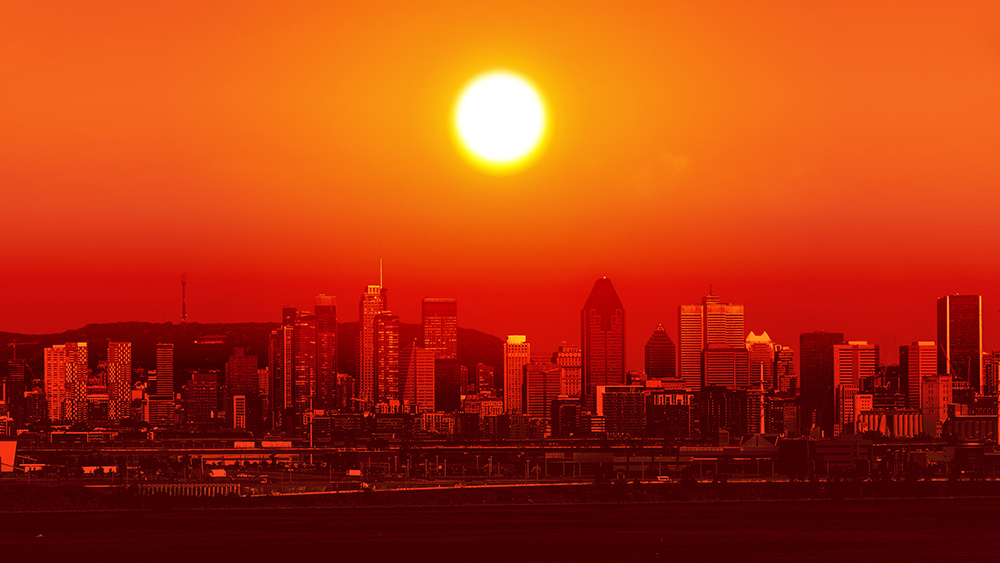
Let’s first look at the study’s findings.
According to the study, which was published in the journal Geology, global warming has resulted in less glacier cover in Iceland, and this could lead to an increase in volcanic eruptions in the land of fire and ice.
Dr. Ivan Savov, one of the study’s authors from the School of Earth & Environment at Leeds, explains, "When glaciers retreat there is less pressure on Earth's surface. This can increase the amount of mantle melt as well as affect magma flow and how much magma the crust can hold. Even small changes in surface pressure can alter the likelihood of eruptions at ice-covered volcanos."
After examining Icelandic ash preserved in peat deposits and lake sediments from between 4,500 and 5,000 years ago, researchers determined that a major decrease in temperature around that time caused an increase in glacier growth, which in turn led to a dramatic decrease in volcanic activity.
So, if cooler temperatures led to more ice and less fire, they conclude that warmer temperatures will mean less ice and more fire.
"Climate change caused by humans is creating rapid ice melt in volcanically active regions,” noted Dr. Graeme Swindles from the School of Geography at Leeds. “In Iceland, this has put us on a path to more frequent volcanic eruptions."
The researchers determined that there was a lag of about 600 years between when the glacier levels increased, and the number of volcanic eruptions decreased. They anticipate that a similar pattern would be true in our time.
Interestingly, scientists acknowledge that Iceland is still in the process of recovering from the Little Ice Age which took place between around 1500 and 1850. Since that time, a warming cycle has been causing the glaciers to start melting again, but instead of recognizing this as part of a heating and cooling pattern that has clearly been taking place in Iceland for thousands of years, the researchers stubbornly insist that this particular warming period is being caused by human interference.
But here’s the part they aren’t disclosing in studies like these or in the bogeyman articles of the mainstream media: Even if it were true that an increase in temperature could cause more volcanic activity, that would not be a bad thing. In fact, as reported by Deutsche Welle (DW), a liberal German broadcaster that reaches 157 million people weekly, “volcanic eruptions can cool the planet.”
DW explains that one of the largest eruptions in history was the four-month eruption of Indonesia’s Mount Tambora in 1815. That eruption was so powerful that it shot small particles of ash and sulphate aerosols (SO2) into the air which were distributed across the globe and affected the whole world’s weather, leading to the “year without summer” and cooling the globe temporarily by 3 C.
All that ash being spewed into the air temporarily blocked the sunlight, immediately creating a cooling effect. Then, the SO2 aerosols stayed in the stratosphere for a prolonged period, reflecting incoming solar radiation.
DW explains that scientists are actually trying to harness this volcanic phenomenon to combat global warming, "Researchers and policymakers have been looking at ways to use this explosive cooling effect to help reverse global warming. Ideas include continuously spraying sulphate aerosols into the stratosphere to reflect sunlight. But there are currently too many uncertainties regarding the consequences of such 'climate engineering' to take action."
So, as usual, we aren’t being told the whole story. Just remember that next time you read a climate change horror story in the mainstream media.
Sources include:
Please contact us for more information.























